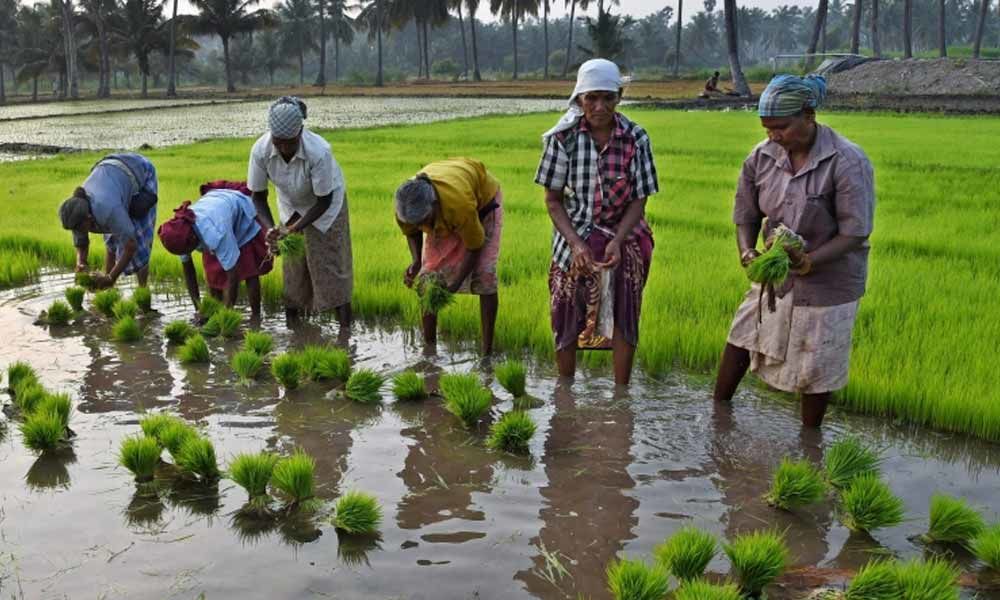Women's agricultural labour cause of malnutrition in rural India

In most of rural India, women work as agricultural and family farm labourers, in addition to performing nearly all the childcare and household duties.
LONDON: In order to improve women's lives and household nutrition and health outcomes in rural India, policies need to be context-specific, taking into consideration factors such as caste and location, says new research led by an Indian-origin scientist from University of East Anglia (UEA) in Norwich, England.
Recognition of Indian women's roles in both agriculture and domestic work is key to improving household nutrition outcomes, said Nitya Rao, professor of gender and development in the UEA's school of international development.
In most of rural India, women work as agricultural and family farm labourers, in addition to performing nearly all the childcare and household duties.
Longer working hours for women or increased work intensity can have detrimental effects on their own health and, in turn, their ability to care for their children.
"Women's agricultural work could potentially have negative outcomes, especially for the young child whose nutrition depends more on the mother's time for breastfeeding and supplementary feeding. The double burden of work and care often leads to a time trade-off between the two," said Professor Rao.
The study, published in the journal Feminist Economics, examined the intersections of gender with other forms of social identity and inequality.
The research drew on primary data from 12 villages in two districts, Wardha (Maharashtra) and Koraput (Odisha) between 2014-2016.
Malnutrition is high in both areas, with near or more than 50 per cent of children underweight.
In Wardha, women harvest cotton manually, but the semi-arid region has reported severe agrarian distress over the past decade.
Moreover, the smell of cotton and cotton dust causes headaches and leaves workers with no appetite or desire to cook or eat, which has implications for the rest of the household.
In Koraput, located in the semi-humid tropics, literacy rates and other human development indicators are low.
People in this region work, on average, close to 13 hours a day -- resulting in sleep deprivation especially during the peak agricultural seasons of planting and harvesting.
"We leave for our fields for transplantation early in the morning. There is no time to go to the forest to collect vegetables or greens, and no time to cook. We eat once a day - rice and ambli (sour gruel of rice flour and tamarind)," said Koraput participant Kamala Paroja.
"The lack of attention to women's time as a key factor in child nutrition outcomes is perhaps the main reason for the persistence of poor nutritional outcomes despite economic growth," said Professor Rao.
Infrastructural support that can reduce the drudgery and effort/time intensity of tasks, especially cooking, as well as clean energy and drinking water, alongside strengthening child-care services, will help India move toward the United Nations Sustainable Development Goals of reducing hunger and stopping intergenerational nutritional deprivation," the professor added.















